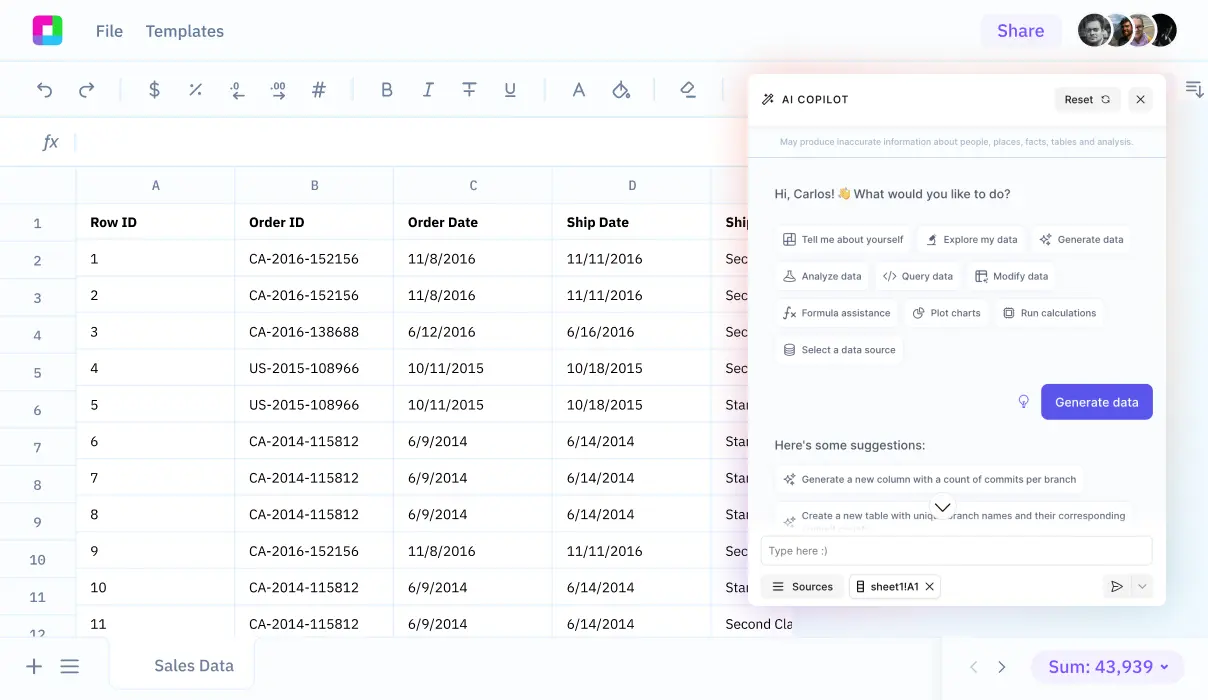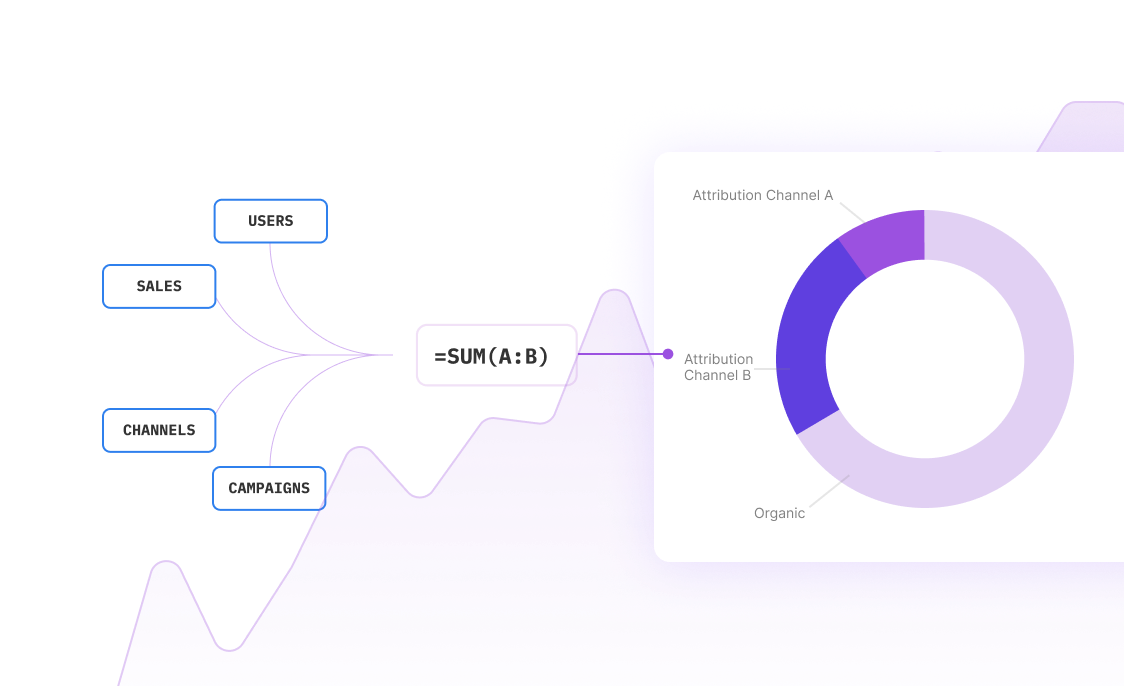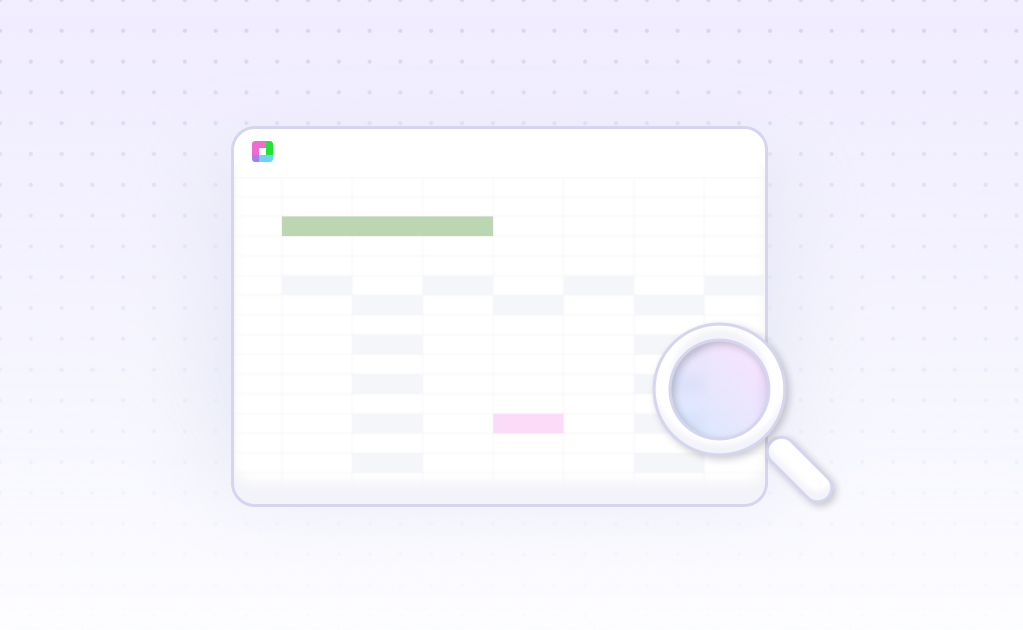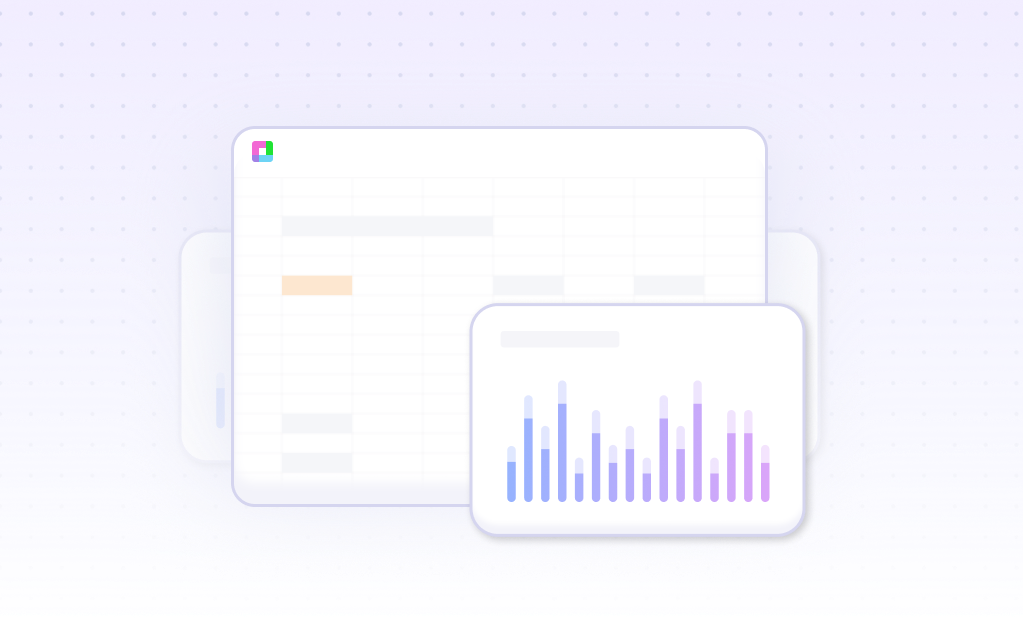
Introduction
Liquidity ratio analysis in Excel helps assess a company's ability to cover short-term liabilities using historical data from 10-K reports. While Excel remains a powerful tool for financial analysis, AI spreadsheet solutions now offer streamlined alternatives. These AI tools automate complex financial tasks and generate actionable insights for optimized decision-making.
Today's finance teams can leverage tools like Sourcetable to calculate key metrics including the current ratio, quick ratio, and cash ratio. These ratios measure a company's ability to cover short-term obligations using current assets, quick assets, and cash respectively. Let's explore how Sourcetable combines Excel's analytical power with AI automation for efficient liquidity ratio analysis - try it now at sourcetable.com/signup.
Sourcetable: The Superior Platform for Liquidity Ratio Analysis
Sourcetable elevates liquidity ratio analysis beyond traditional Excel capabilities through AI-powered visualization and collaboration features. While both platforms offer core spreadsheet functionality, Sourcetable's advanced AI algorithms transform complex financial data into clear, interactive visualizations that enhance decision-making.
Enhanced Liquidity Analysis Capabilities
Sourcetable excels at measuring critical liquidity metrics like the current ratio (Current Assets / Current Liabilities) and the more stringent quick ratio. Its AI-driven insights help companies better assess their ability to meet short-term obligations and predict potential financial difficulties.
Collaborative Analysis and Audit Trail
Unlike traditional Excel workflows, Sourcetable enables real-time collaboration on liquidity ratio analysis while maintaining a complete audit trail. Multiple stakeholders can simultaneously analyze financial metrics, ensuring more accurate creditworthiness assessments and industry comparisons.
Advanced Data Visualization
Sourcetable's AI algorithms automatically identify patterns in liquidity data and generate dynamic visualizations. These enhanced visual representations help teams better understand the proportion of liquid assets to liabilities and make more informed financial decisions.
Benefits of Liquidity Ratio Analysis with Sourcetable
Why Analyze Liquidity Ratios
Liquidity ratio analysis reveals a company's ability to meet short-term obligations. Investors use these ratios to evaluate investment opportunities, while creditors assess lending risks. This analysis provides crucial insights into a company's financial health and bill-paying capability.
Advantages of Using Sourcetable for Ratio Analysis
Sourcetable's AI-powered platform accelerates liquidity ratio analysis compared to traditional Excel workflows. The system works seamlessly with Excel and Google Sheets while delivering superior speed for formulas, charting, and data summarization.
This AI-enhanced spreadsheet tool minimizes human error and automates repetitive calculation tasks. Its intelligent features quickly analyze financial data, identify patterns, and generate actionable insights for better decision-making.
Sourcetable enhances productivity through automated data entry and analysis capabilities while maintaining calculation accuracy. The platform's natural language interface simplifies complex spreadsheet functions, making financial analysis more efficient than Excel's traditional approach.
Liquidity Ratio Analysis with Sourcetable
Sourcetable offers three key liquidity ratio analyses to assess a company's ability to cover short-term obligations: current ratio, quick ratio, and cash ratio. These ratios provide increasingly stringent tests of liquidity, from basic to advanced.
Current Ratio Analysis
The current ratio, calculated as current assets / current liabilities, offers the most straightforward liquidity assessment. In a recent analysis, Sourcetable computed a current ratio of 1.84, indicating the company could cover its current liabilities nearly twice over with its current assets.
Quick Ratio Analysis
The quick ratio provides a more stringent liquidity test by focusing on highly liquid assets, including cash, accounts receivable, and marketable securities. Sourcetable's analysis revealed a quick ratio of 1.63, demonstrating strong immediate liquidity position.
Cash Ratio Analysis
The cash ratio represents the strictest liquidity test, considering only cash and marketable securities. This analysis through Sourcetable reveals a company's ability to cover immediate obligations using only its most liquid assets.
Use Cases for Liquidity Ratio Analysis with Sourcetable
Quick Ratio Analysis for Non-Financial Managers |
Generate quick ratio calculations |
Team Collaboration on Liquidity Analysis |
Enable cross-team collaboration on liquidity ratio analysis while maintaining a comprehensive view of organizational financial performance. |
Historical Liquidity Trend Analysis |
Analyze historical quick ratio data to improve liquidity forecasting and make informed financial decisions. |
Liquidity Scenario Testing |
Use simulated data to test different liquidity scenarios and explore various analytical perspectives for better financial planning. |
Frequently Asked Questions
What is liquidity ratio analysis?
Liquidity ratio analysis measures a company's ability to pay off current debt obligations without raising external capital. It calculates metrics like the current ratio, quick ratio, and cash ratio to assess how easily a company can cover its short-term liabilities using its current assets.
Why is liquidity ratio analysis important for businesses?
Liquidity ratio analysis is important because businesses need liquidity to pay vendors and keep up with payroll. It helps determine a company's ability to convert assets to cash and meet short-term obligations. Higher liquidity ratios indicate a company can more easily pay its short-term obligations.
What are the main types of liquidity ratios?
The three main types of liquidity ratios are: the current ratio, which measures a company's ability to cover short-term liabilities with current assets; the quick ratio, which measures coverage of short-term liabilities with quick assets; and the cash ratio, which measures the ability to cover short-term liabilities with cash. The current ratio is best for year-over-year analysis, while the cash ratio is ideal for worst-case scenario assessment.
Conclusion
Traditional liquidity ratio analysis in Excel requires historical data from 10-K reports and manual formula calculations. While Excel remains a reliable tool, Sourcetable offers an AI-powered alternative that automates these calculations and provides deeper insights. By integrating SQL and Python capabilities with automated formula generation for functions like SUM and VLOOKUP, Sourcetable streamlines the entire analysis process.
Sourcetable's AI-driven approach eliminates the need for advanced Excel skills while offering enhanced features like voice interaction, automated data cleaning, and interactive chart generation. For a modern approach to liquidity ratio analysis, try Sourcetable at sourcetable.com/signup.
Recommended Analysis Guides
Connect your most-used data sources and tools to Sourcetable for seamless analysis.
Frequently Asked Questions
If you question is not covered here, you can contact our team.
Contact Us





